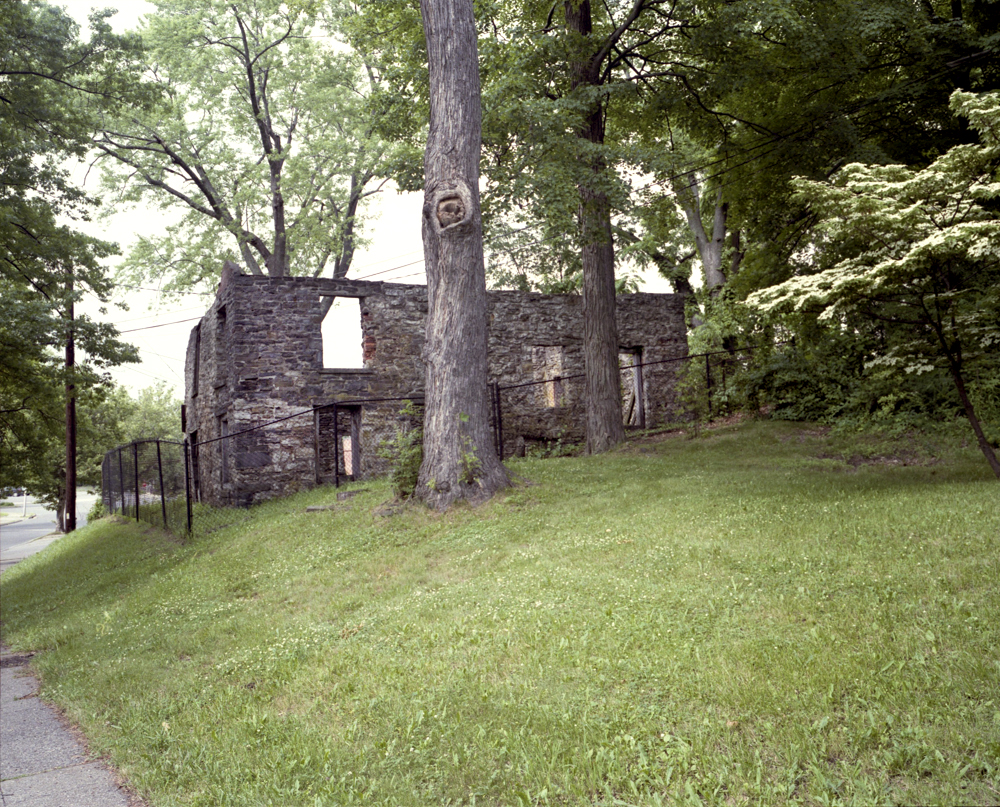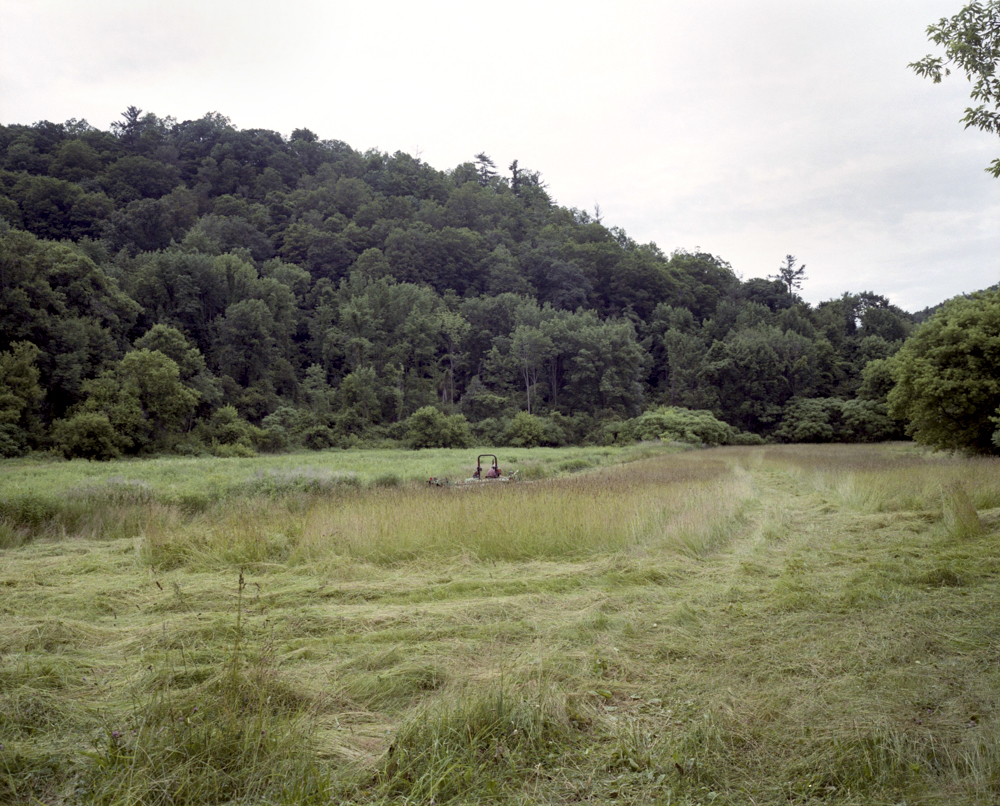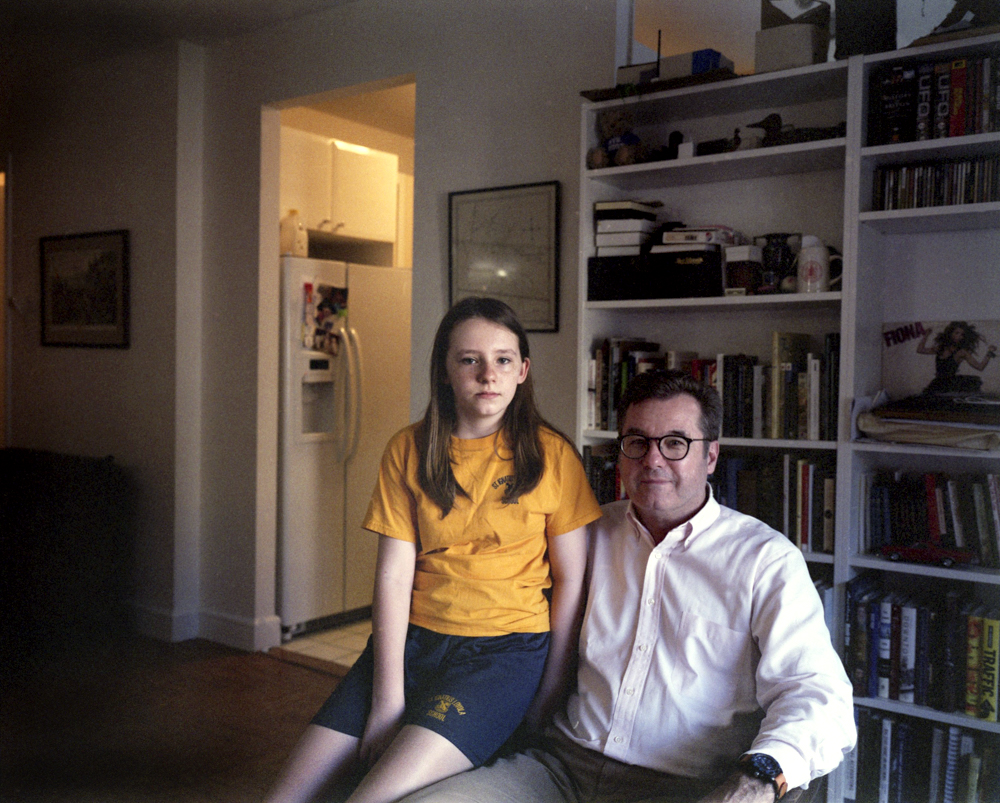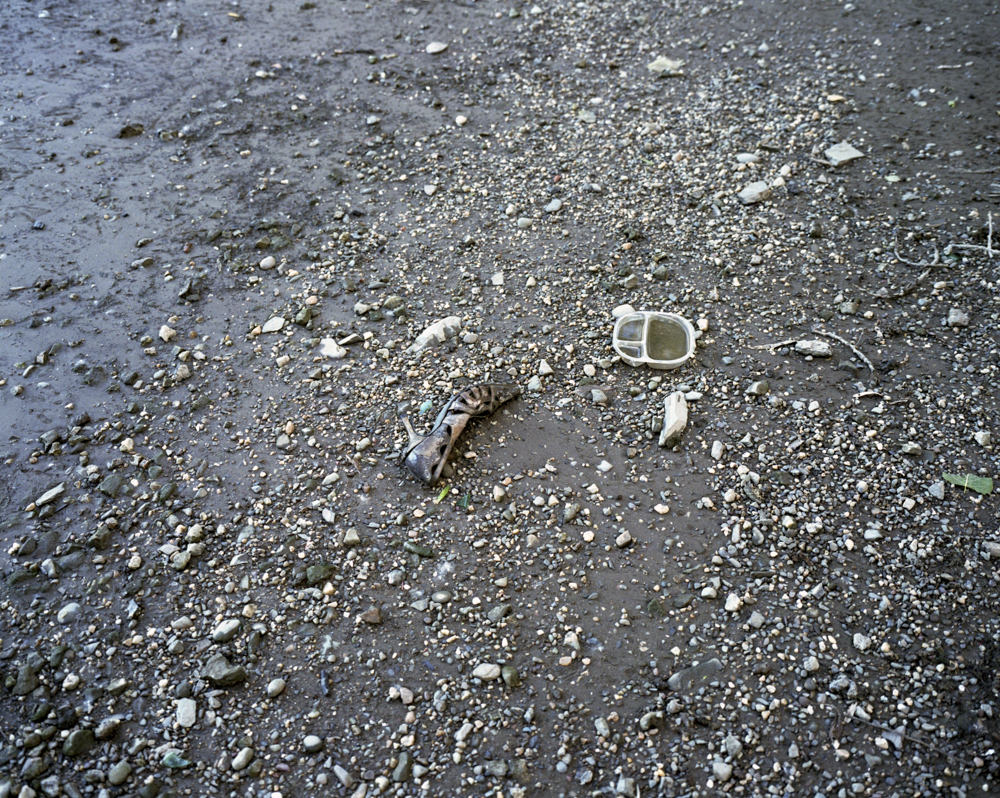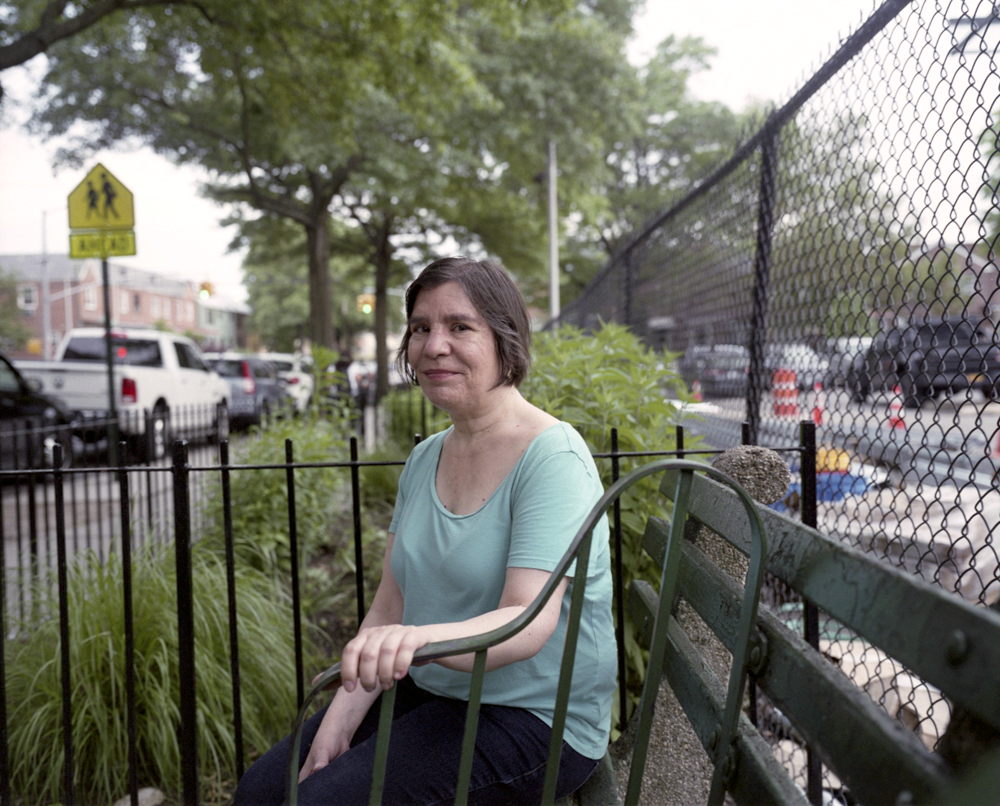
‘The Leftovers of New Netherland’
History knows no start nor finish. It’s a long sequence of linkages.
Long ago, New York was called New Amsterdam, the capital of New Netherland. Hudson “discovered” it on September 2th in 1609. The Dutch colonialists purchased the land from the native Indians for 60 guilders (24 dollars) in beads and shells. A number of years later they gave it to the British in exchange for Surinam and everybody lived happily ever after. That is the greatly simplified story that most Dutch people know. People who know more have likely read the books of Jaap Jacobs, Russell Shorto or one of their colleagues. Their books take you on a tour of the city. Harlem was Haarlem and Brooklyn was Breukelen. They tell you of Hudsons’ search for a passage to the East, the lack of understanding between the native inhabitants and the newcomers, and the struggles between Petrus Stuyvesant and Adriaan van der Donck. These people were not just characters in a story. People actually lived there when migrants traveled from far and joined them. What has remained from these people from this period in time? Who are the descendants from the American Indians and the migrants who formed New Netherland in the first 55 years (1609-1664)? People already living there, trying their luck or simply ending up there by chance. The American dream in its earliest form. Is there anything today, approximately 400 years later, still perceptible in their descendants and the land?
For this project ‘The Leftover of New Netherland’ I photograph people who are related to the people who lived in the area, colonized by the West India Company (WIC) between 1609 and 1664. Descendants of the native inhabitants of North America and of the newcomers from Europe, Africa, and South America. The portraits are combined with landscape photographs of locations in the states of New York, New Jersey, Delaware, Pennsylvania, Maryland, andConnecticut, that played an important role in New Netherland. Animals are also an important element. Beaver skins were the main reason why the Dutch set up a trading post and they brought new animals to North America. Rats and mice as stowaways. Later dogs and cats came, to catch those stowaways and also horses, that were used by soldiers and farmers.

